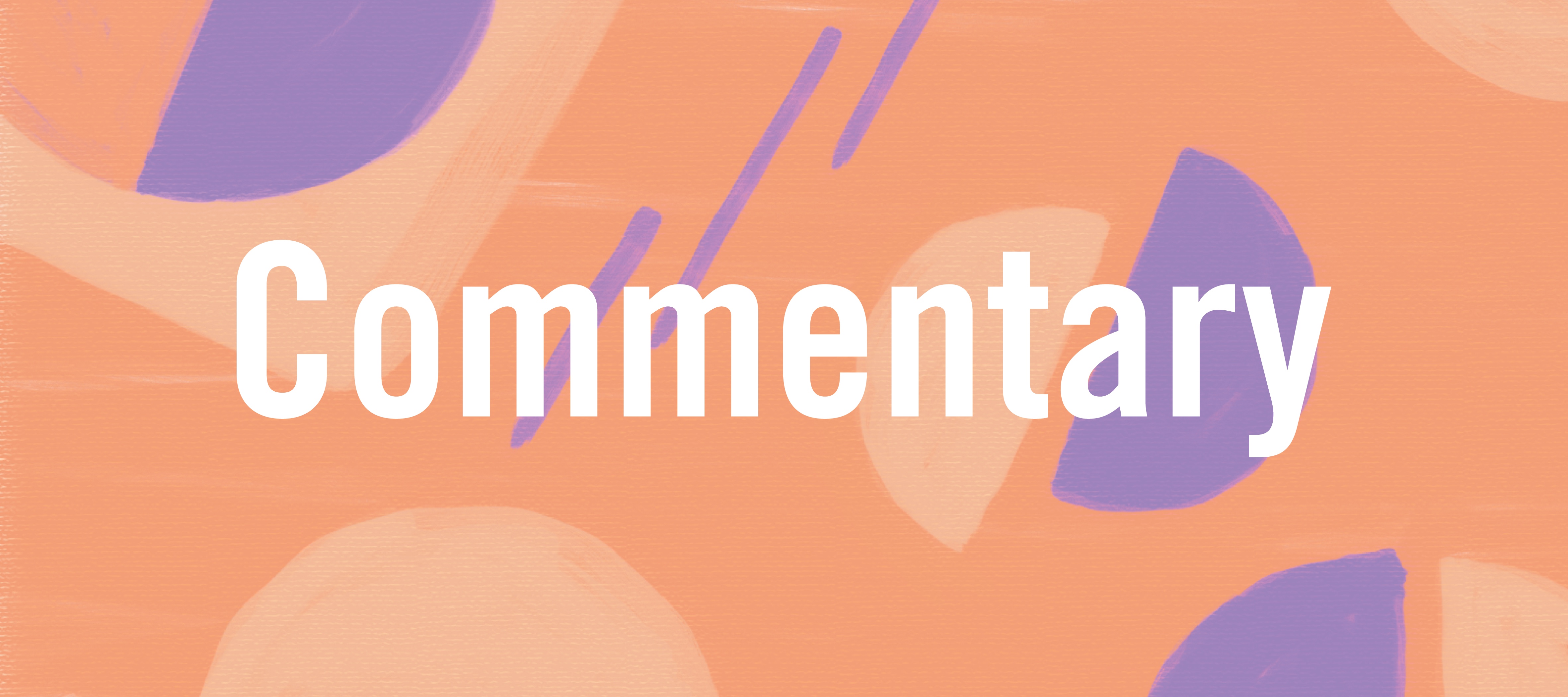Chances are you have encountered trigger or content warnings in TikTok videos, Netflix shows and even songs. It seems like the “TW” acronym is everywhere that difficult conversations are taking place. But why are some professors still not including them in course syllabi or before sensitive lectures? Many McGill classes deal with difficult subjects of oppression, mass violence and dehumanization that still have effects on the daily lives of students. The topics covered in such classes must be discussed: conversations about racism, gendered violence and homophobia are essential in working towards a safer and more inclusive world, but it’s essential to do so in a way that students can learn without reliving the trauma. These conversations should not happen at the expense of the students who suffer the effects of said violence.
Although some people argue that content warnings give free passes for students to skip class (we’re looking at you, boomers), warnings are actually the best way to make sure all students can engage with the content of the class. Students are full and complex people, with lives outside of class, and it is unrealistic to expect students to hermetically compartmentalize their experiences. Trauma is not something you can just choose to ignore.
I recently emailed a professor asking to have content warnings in lectures covering racism and other forms of oppression. I explained that being caught by surprise by a lecture that talks about these issues could potentially resurface previous trauma and subject students to reliving very painful experiences. The professor was very understanding and assured me he would include content warnings in the future. Professors want to listen to their students and make their learning experiences as inclusive as possible.
“This is partly due to the fact that McGill’s faculty has been historically white, male, cisgender, heterosexual, and able-bodied.“
However, despite good intentions, many professors still haven’t incorporated content warnings into their courses, probably not understanding their importance or even where and how to include them. This is partly due to the fact that McGill’s faculty has been historically white, male, cisgender, heterosexual, and able-bodied. Only 39% of surveyed faculty reported belonging to an ethnic, racial, or other minority group. This means that most of the faculty has the privilege to choose to be informed about minority rights, which is not the case for people who are confronted with the daily reality of oppression. Students have the responsibility to contact their professors and ask to have content warnings. Recognize that racialized students, members of the 2SLGBTQIA+ community and neurodivergent students should not carry the burden of educating their white, cisgender-heterosexual, neurotypical professors and peers on top of dealing with trauma. Even if the types of trauma and oppression being discussed in a class do not directly affect you, you still have a responsibility to educate yourself about marginalized experiences that are not your own, listen, and notify professors and classmates when they cross the line.
It is crucial to create safe learning spaces where all students feel comfortable around their professors and their peers, and where they do not feel victimized by the content of the class. In many cases, sending out a polite email to the professor is enough. Here is a sample you can use to email your professors, either at the beginning of the semester or as issues arise. Obviously, the email can be adapted to specific circumstances, but it is key to explain why you feel it’s critical to have content warnings and be open to any questions they may have. If you want to make your pitch to professors impossible to reject, the University of Michigan published a helpful article detailing how and why professors should implement content warnings in course materials.
Dear Prof. X,
I hope you are doing well! I read over the syllabus and noticed that many of our lectures will touch on very difficult subjects that could potentially resurface trauma in some students. I was wondering if it would be possible to include trigger and content warnings at the beginning of lectures and in the syllabus in order to make sure all students feel safe and cared for in this class. The University of Michigan has an article explaining the importance of trigger warnings as well as how to include them in learning materials.
Thank you for your time and consideration,
[Your name]
Contacting your professors and asking for content warnings is an important step towards building a safe and inclusive learning environment, and it proves to them and to your peers that you are engaged with what you are learning and that you are committed to your community. Speaking up is key to setting a precedent for being considerate of all students’ experiences, and shifting academia to be critical and empathetic. This should be at the top of all students’ and faculty’s agenda.
The article was updated on November 23, 2020.

